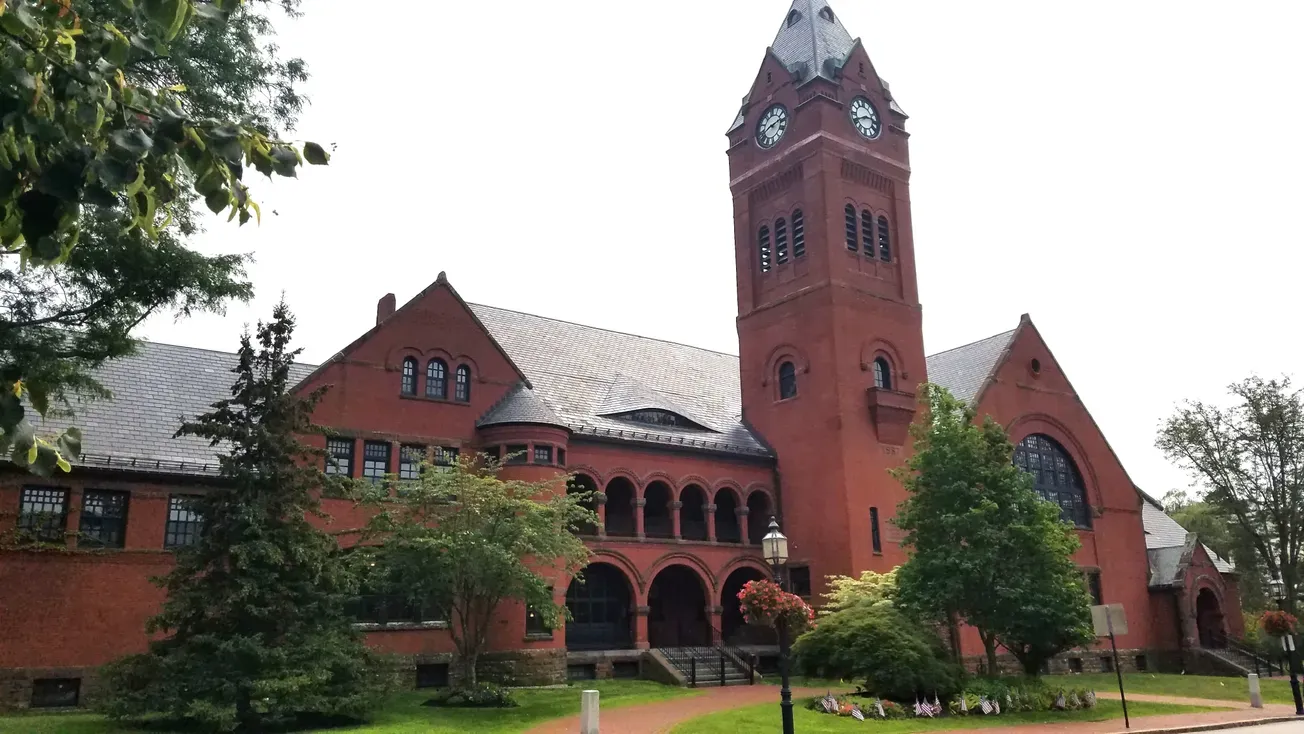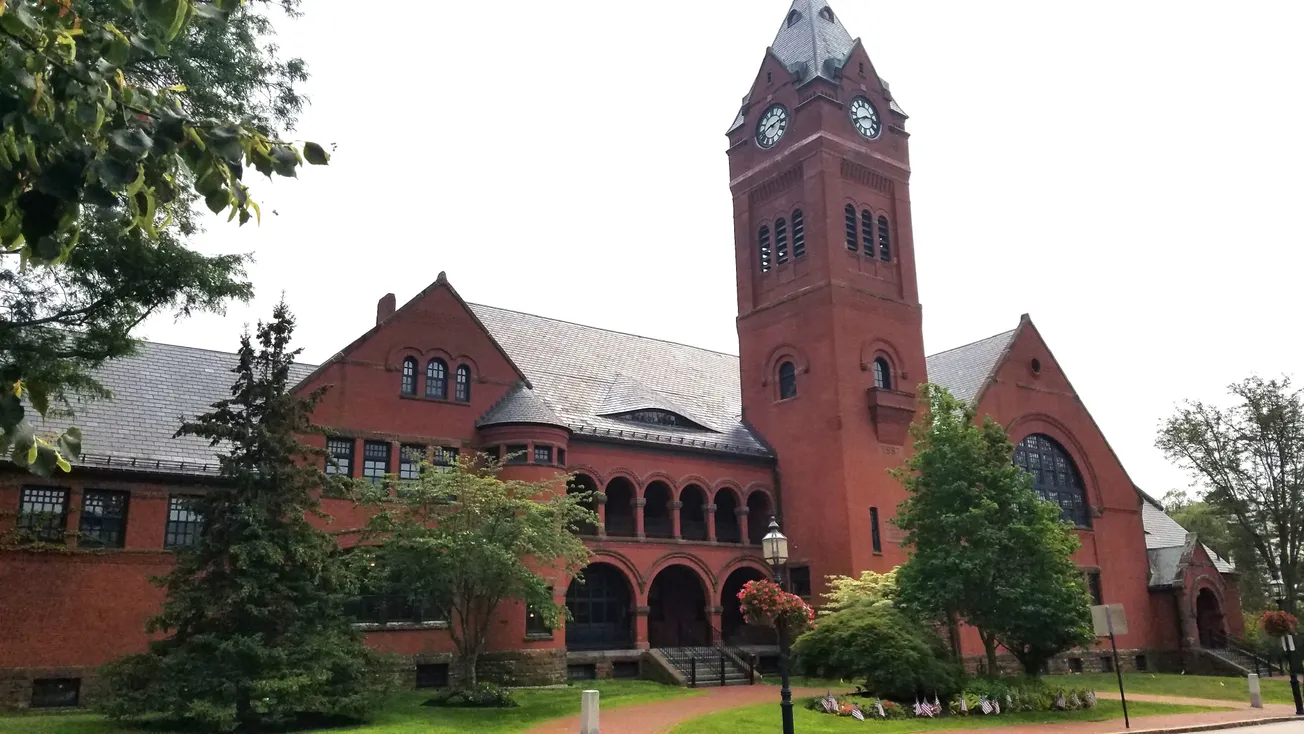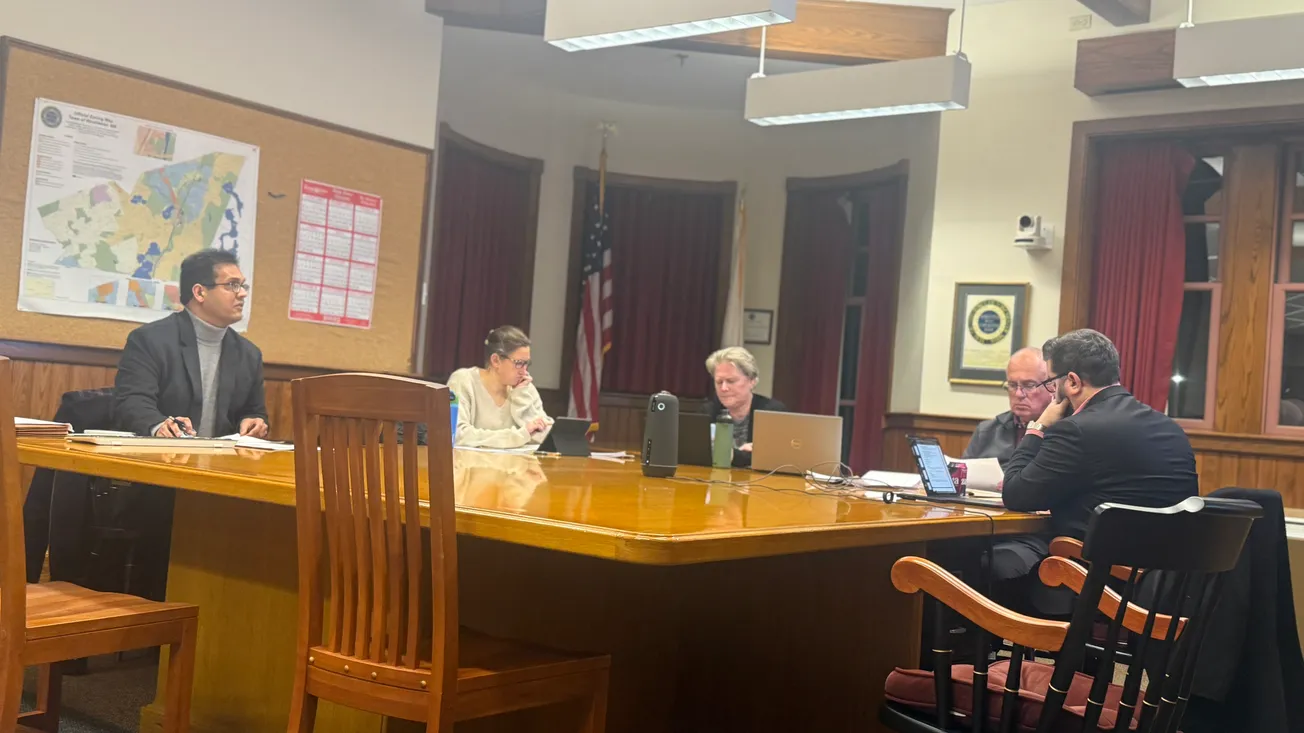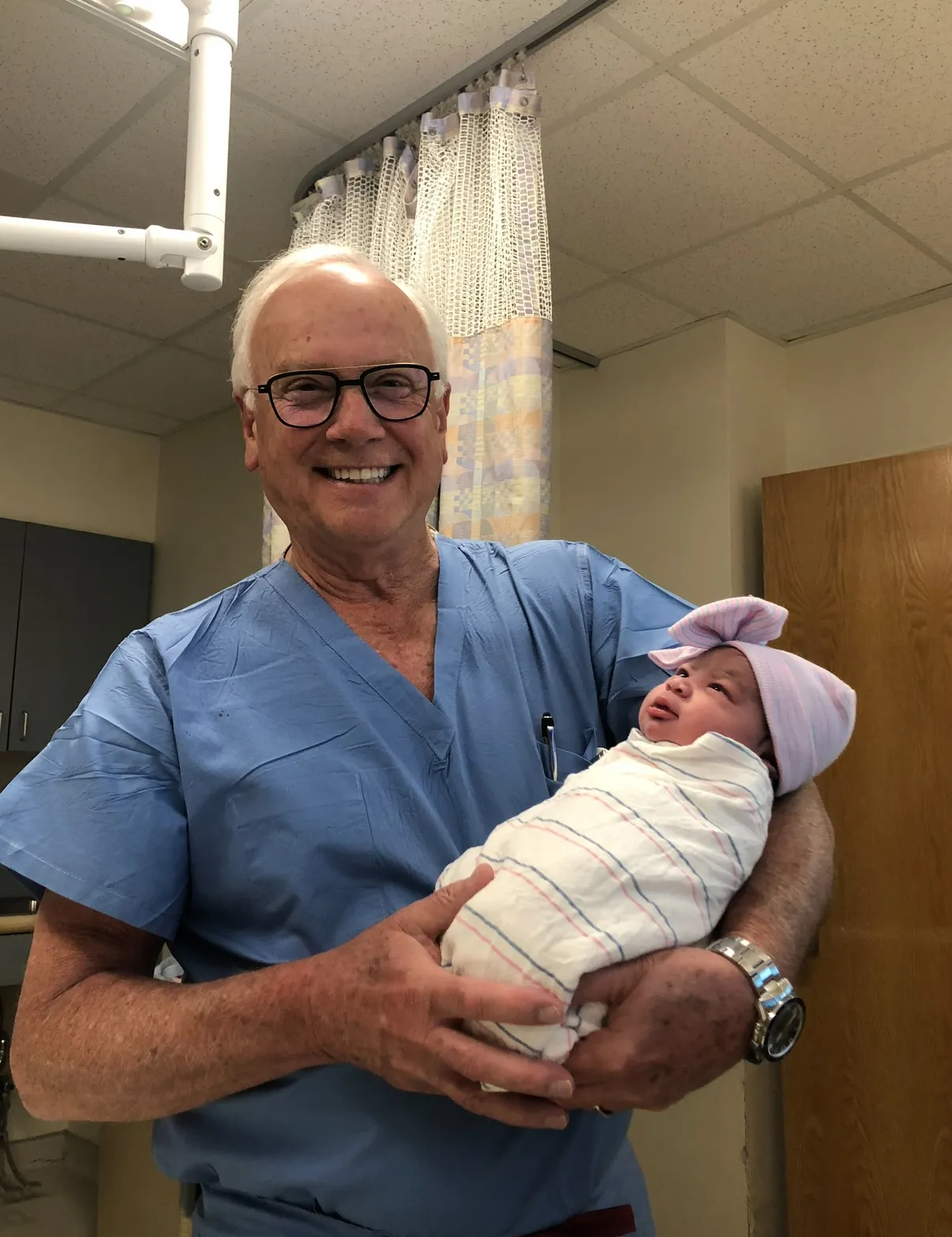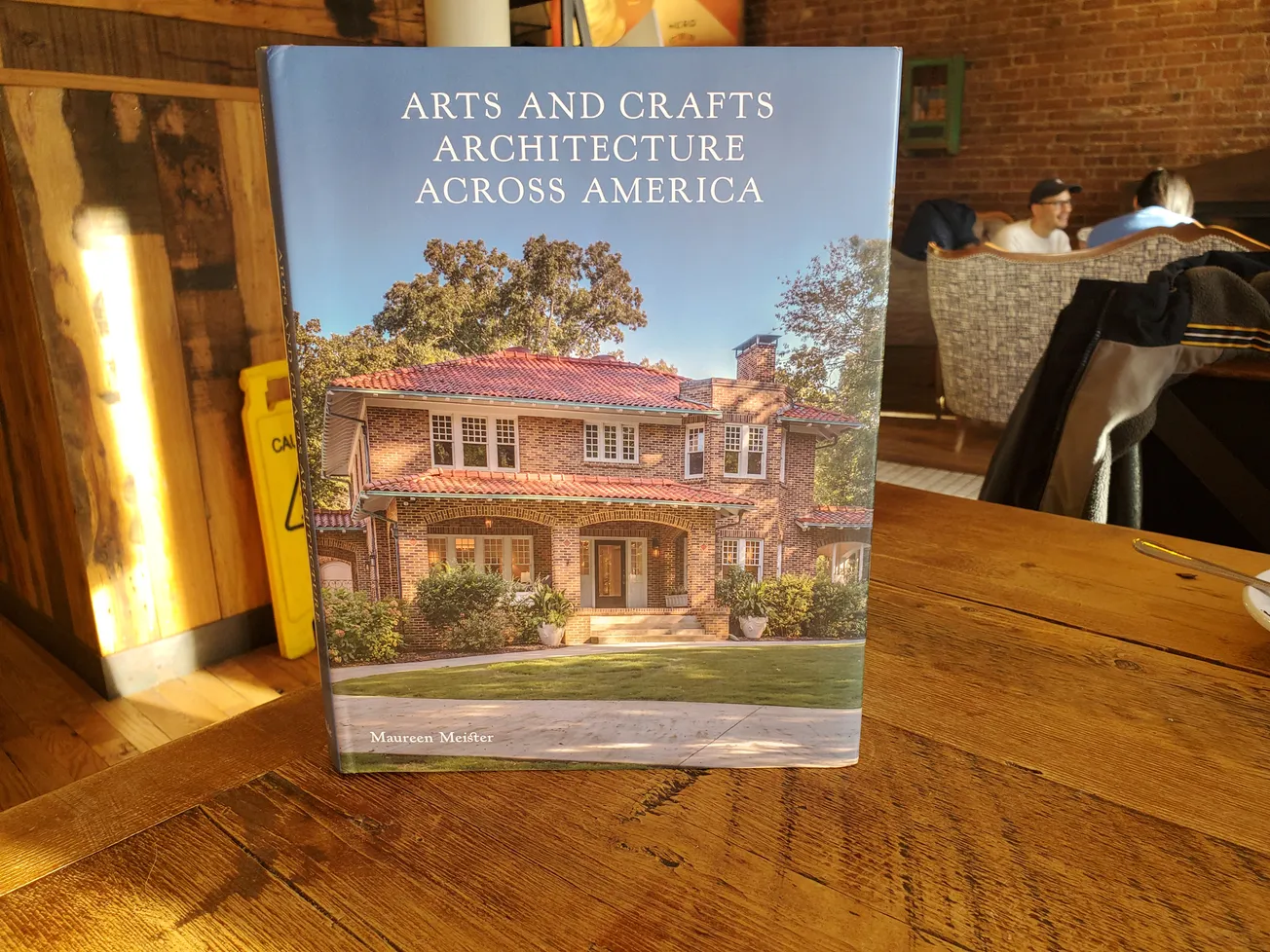Table of Contents
Sluggish local aid, limited taxation options headline analysis of fiscal constraints
By Chris Lisinski, Commonwealth Beacon
MANY MUNICIPALITIES find themselves caught in a “tightening vise” of financial pressures that are making it increasingly difficult to avoid cuts to local schools and services, according to a new report that could ramp up pressure on Beacon Hill.
Likening the confluence of factors to a “perfect storm,” authors said the combination of sluggish state aid growth and strict limits on local tax increases has trapped many local budget-writers in a difficult position with few options to absorb rising costs. Those effects have sizable geographic disparities, with many rural communities weighing school cuts that are less common in urban and suburban communities.
The 12-page report from the Massachusetts Municipal Association and the Center for State Policy Analysis at Tufts University stops short of recommending specific reforms, but it underlines a key tension as many communities struggle to balance their budgets within the constraints set by state law and Beacon Hill contends with that federal funding cuts that could upend the state budget. “Municipalities have been frugal, and any cuts they’re forced to make are now cutting bone,” MMA Executive Director Adam Chapdelaine said in a statement. “Even with the most valiant efforts to operate efficiently, city and town leaders simply can’t overcome the larger trends that are forcing them to make drastic reductions, felt by local residents and local businesses.”
The report points to several structural factors that for years have strained municipal budgets, which pay for public education, police and fire departments, sewers, and other important local infrastructure.
While many lawmakers and corner-office holders like to position themselves as staunch allies to cities and towns, authors found Massachusetts is behind the curve in terms of state aid. About 26 percent of local government revenue comes from state government in Massachusetts, five percentage points below the national average, the report said.
One of the most significant funding streams Beacon Hill provides to municipalities is unrestricted general government aid, often abbreviated as UGGA. The Legislature and a series of governors have increased that line item over the years, but authors said the growth has not kept up with inflation.
In fact, they said, inflation-adjusted UGGA has dropped 25 percent since 2002.

“Losing UGGA dollars, in this way, is particularly difficult for stressed municipal budgets, because it’s a rare stream of support that can be flexibly redirected to address evolving needs — whether that means extra road repairs after a pothole-cratering spring or additional tutoring for students struggling with pandemic learning loss,” the report said.
Former Gov. Charlie Baker and lawmakers for years increased that local aid stream by the same rate as the projected growth in state tax revenues. That practice ended around the time of the COVID-19 pandemic, after which tax collections soared and Beacon Hill kept UGGA increases smaller, choosing to direct new dollars elsewhere.
In the most recent budget cycle, the House proposed level-funding the UGGA account, which likely would have added more strain to municipal coffers. Lawmakers settled on a modest 1.1 percent increase in the final state spending plan, whose bottom line was about 5.4 percent higher than the prior year.
Cities and towns have a limited menu of taxes they can impose to generate their own revenue, and many rely heavily on the property tax levy, which can only grow 2.5 percent annually under a voter-approved law often known as Proposition 2 ½.
Local leaders can surpass the cap by securing voter approval, though report authors cautioned that route is “expensive, slow, short-lived, and logistically out of reach for the majority of Massachusetts municipalities.” Nearly 200 of the state’s 351 cities and towns, many of them rural, have not pursued a single override in the past 15 years, according to the report.
Gov. Maura Healey wants to grant city and town halls more taxation authority as part of a wide-reaching bill she dubbed the “Municipal Empowerment Act,” which would allow communities to increase local taxes on meals, lodging, and vehicle registrations.
While MMA members were quick to announce their support, the idea has failed to gain traction among House and Senate Democrats for nearly two years. The first iteration of Healey’s bill didn’t receive a vote before the term ended last year, and a refiled version this term is still awaiting committee hearings.
The report suggested that, rather than being eager to spend, cities and towns have been far more “frugal” than the state government in recent years.
From 2010 to 2022, inflation-adjusted municipal operating spending in Massachusetts grew 0.6 percent annually, authors said. That’s a lower rate than the 1 percent for all cities and towns nationally and, as the report put it, “vastly slower” than the 2.8 percent average growth in the state budget over the same span.
“Proposition 2 ½ was intended to limit local spending, but real spending growth of 0.6 percent per year suggests the constraints may be too restrictive,” authors wrote. “This austere growth in spending has made it extremely difficult for cities and towns to attract staff, repair roads, and generally fund the essential services their residents demand.”
The report identified sizable differences in how rural, suburban, and urban regions are feeling the strain, especially when it comes to education. A K-12 funding law known as the Student Opportunity Act directed hundreds of millions of state dollars more toward schools, but the report cautioned that “it would be flatly inaccurate to assume that these infusions have compensated for declines in UGGA — or even less defensibly, that they have actually left cities and towns better off.”
Cities – especially Gateway Cities that face some of the most potent economic challenges – have seen a sizable increase in education aid over the past two decades. In the same span, the average municipality “has seen basically no change” and aid to rural communities has dropped overall, according to the report.
Even after adjusting for population changes, authors said increases in state education aid for urban communities have far outpaced rural and suburban counterparts.
Threading the needle for a solution could prove difficult. Policymakers continue to sweat over the state’s high cost of living, and they might worry that clearing the way for higher local taxes would contradict affordability goals. At the same time, legislative leaders will not feel eager to open the purse strings and pour out more local aid while they navigate federal funding cuts and shrinking tax collections.
With a sweeping report in hand, city and town leaders are likely to get more vocal.
“The cost of health care, energy, paving, construction and schools are contributing to cost increases that are outpacing revenue growth,” Newton Mayor Ruthanne Fuller said in a statement provided by MMA. “We have to change tracks and find new paths to invest sufficiently in the places we love and call home.”
Correction: Due to an error in the MMA’s report, an earlier version of this story incorrectly identified the date range for the 25 percent drop in inflation-adjusted unrestricted general government aid, which started in 2002.
This article first appeared on CommonWealth Beacon and is republished here under a Creative Commons Attribution-NoDerivatives 4.0 International License


